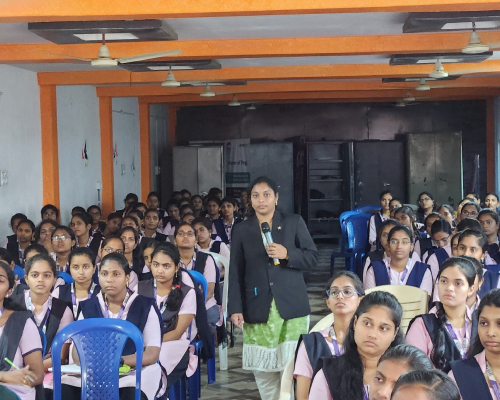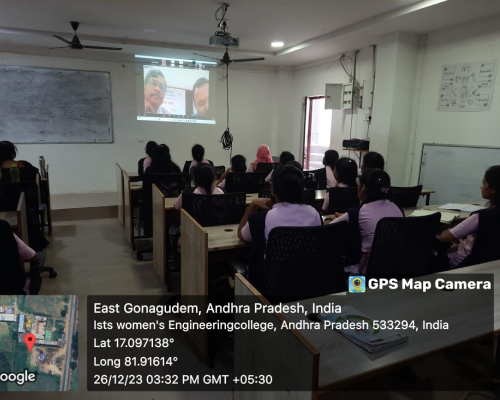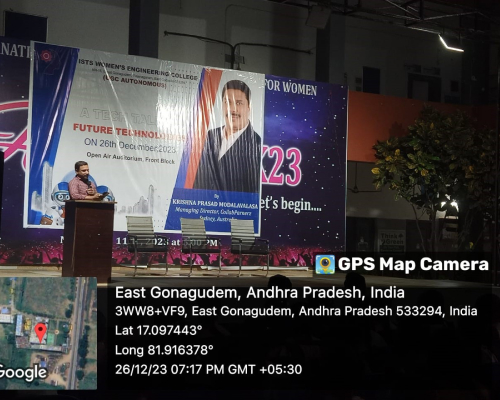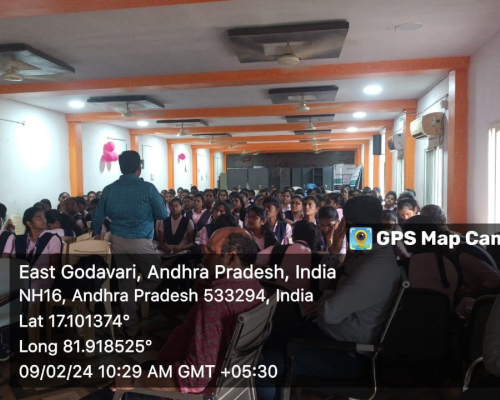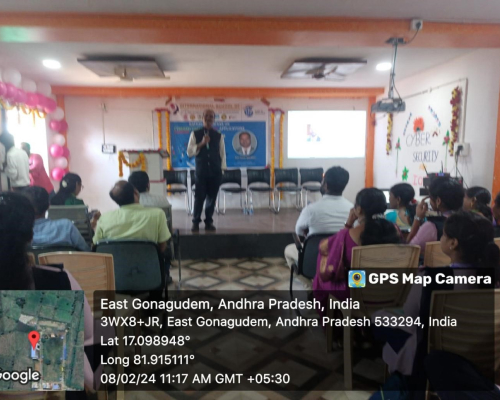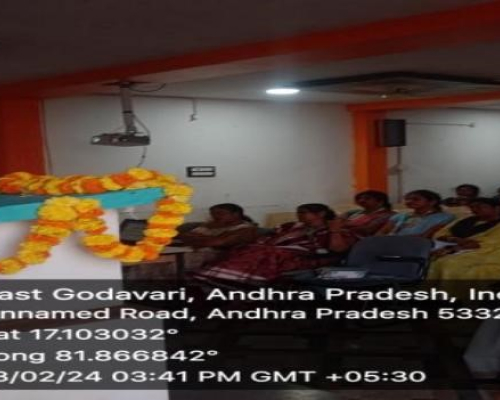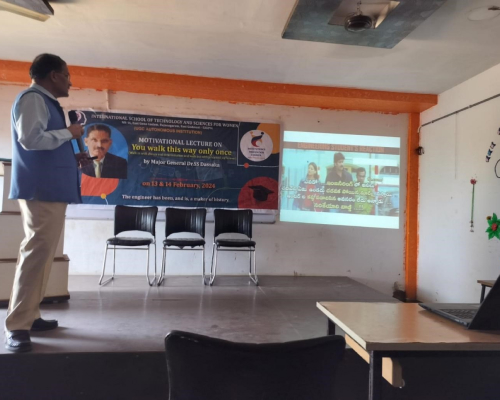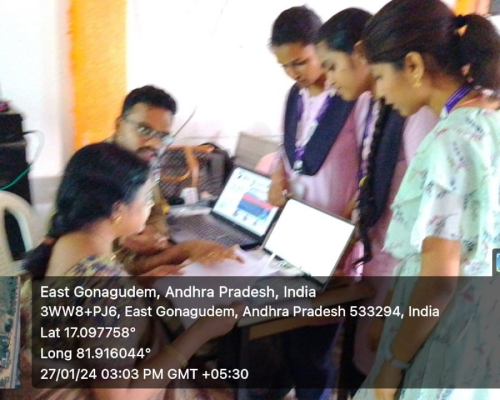Latest Updates 
Latest Updates 
Outcome-Based Education (OBE) is a student-centric teaching and learning methodology in which the course delivery, assessment are planned to achieve stated objectives and outcomes. It focuses on measuring student performance i.e. outcomes at different levels.
Course : is defined as a theory, practical or theory cum practical subject studied in a semester. For e.g. Engineering Mathematics
Course Outcome (CO) : Course outcomes are statements that describe significant and essential learning that learners have achieved, and can reliably demonstrate at the end of a course. Generally three or more course outcomes may be specified for each course based on its weightage.
Programme : is defined as the specialization or discipline of a Degree. It is the interconnected arrangement of courses, co-curricular and extracurricular activities to accomplish predetermined objectives leading to the awarding of a degree. For Example: B.Tech Agricultural Engineering.
Programme Outcomes (POs) : Program outcomes are narrower statements that describe what students are expected to be able to do by the time of graduation. POs are expected to be aligned closely with Graduate Attributes.
Program Educational Objectives (PEOs) : The Programme Educational Objectives of a program are the statements that describe the expected achievements of graduates in their career, and also in particular, what the graduates are expected to perform and achieve during the first few years after graduation.
Programme Specific Outcomes (PSO) : Programme Specific Outcomes are what the students should be able to do at the time of graduation with reference to a specific discipline. Usually there are two to four PSOs for a programme.
Graduate Attributes (GA): The graduate attributes, 12 in numbers are exemplars of the attributes expected of a graduate from an accredited programme.
| Level | Parameter | Description |
|---|---|---|
| K1 | Knowledge | It is the ability to remember the previously learned material/information |
| K2 | Comprehension | It is the ability to grasp the meaning of material. |
| K3 | Application | It is the ability to use learned material in new and concrete situations |
| K4 | Analysis | It is the ability to break down material/concept into its component parts/subsections so that its organizational structure may be understood |
| K5 | Synthesis | It is the ability to put parts/subsections together to form a new whole material/idea/concept/information |
| K6 | Evaluation | It is the ability to judge the value of material/concept/statement/creative material/research report)for a given purpose |
Engineering knowledge: Apply the knowledge of mathematics, science, engineering fundamentals, and an engineering specialization for the solution of complex engineering problems.
Problem analysis: Identify, formulate, research literature, and analyse complex engineering problems reaching substantiated conclusions using first principles of mathematics, natural sciences, and engineering sciences.
Design/development of solutions: Design solutions for complex engineering problems and design system components or processes that meet the specified needs with appropriate consideration for public health and safety, and cultural, societal, and environmental considerations.
Conduct investigations of complex problems:
that cannot be solved by straightforward application of knowledge, theories and techniques applicable to the engineering discipline
that may not have a unique solution. For example, a design problem can be solved in many ways and lead to multiple possible solutions.
that require consideration of appropriate constraints/requirements not explicitly given in the problem statement. (like: cost, power requirement, durability, product life, etc.)
which need to be defined (modeled) within appropriate mathematical framework.
that often require use of modern computational concepts and tools.
Modern tool usage: Create, select, and apply appropriate techniques, resources, and modern engineering and IT tools, including prediction and modeling to complex engineering activities, with an understanding of the limitations
The engineer and society: Apply reasoning informed by the contextual knowledge to assess societal, health, safety, legal, and cultural issues and the consequent responsibilities relevant to the professional engineering practice
Environment and sustainability: Understand the impact of the professional engineering solutions in societal and environmental contexts, and demonstrate the knowledge of, and need for sustainable development.
Ethics : Apply ethical principles and commit to professional ethics and responsibilities and norms of the engineering practice.
Individual and team work: Function effectively as an individual, and as a member or leader in diverse teams, and in multidisciplinary settings.
Communication: Communicate effectively on complex engineering activities with the engineering community and with t h e society at large, such as, being able to comprehend and write effective reports and design documentation, make effective presentations, and give and receive clear instructions.
Project management and finance: Demonstrate knowledge and understanding of the engineering and management principles and apply these to one’s own work, as a member and leader in a team, to manage projects and in multidisciplinary environments.
Life-long learning: Recognize the need for, and have the preparation and ability to engage in independent and life-long learning in the broadest context of technological change
